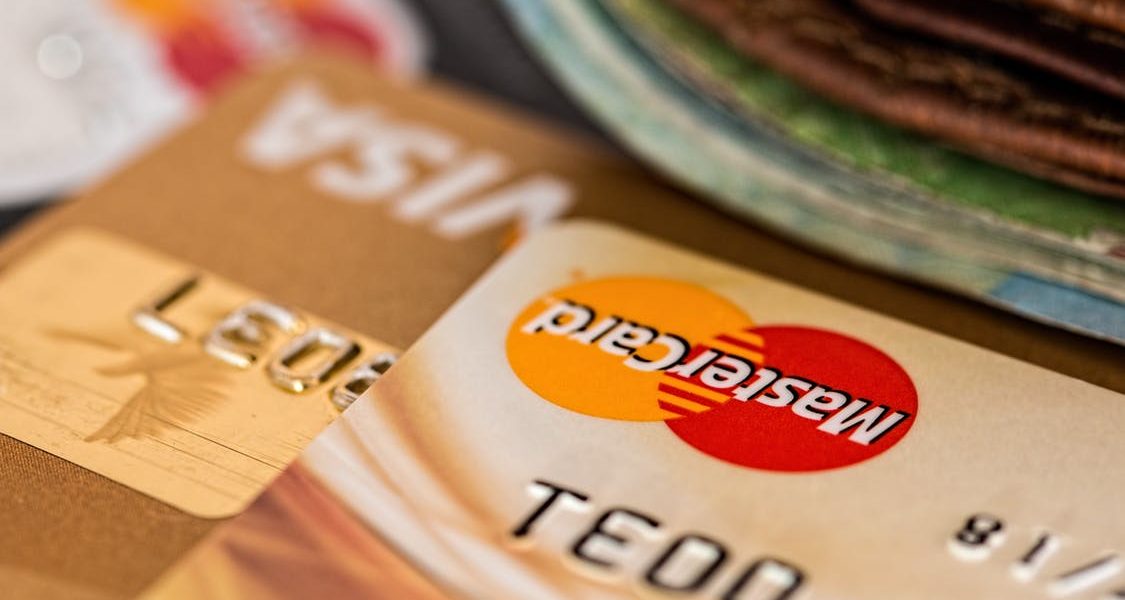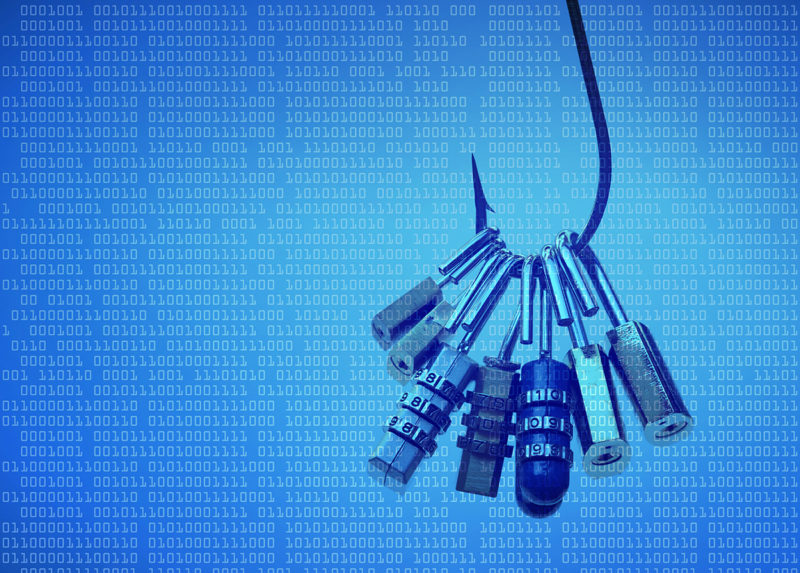What is Personally Identifiable Information ( PII )
Many people are concerned about identity theft, as they should. About 1 in 15 people were identity fraud victims in 2017, and a person or organization falls victim to this crime every two seconds.
One way identity theft can be achieved is from gathering personally identifiable information (PII), which is any data that can be used to identify a specific person.
Types of Personally Identifiable Information
Personally identifiable information can be categorized as either sensitive or non-sensitive. Sensitive PII can better identify a person, and in the wrong hands, can be used for significant theft or malicious intentions.
Sensitive PII includes:
• Social Security number
• Employee identification number
• Passport information
• Bank account information
• Usernames and passwords
• Credit and debit card numbers
On the other hand, non-sensitive PII are less likely to be used as a means for identity theft but can still be used to piece together an identity. Non-sensitive PII includes:
• Addresses
• Ethnicity
• Sexual orientation
• Birthdates
• Place of birth
• Religion
• Employment-related information
• IP addresses
Becoming familiar with PII, especially sensitive PII, may be the first step in preventing identity fraud.
Identity Theft – How & Where
Identity thieves search for personally identifiable information in a variety of ways. Below are some common tactics that cybercriminals use:
• Paper Mail
Much PII such as names, addresses, and billing statements can be discovered from dumpster driving and mailbox theft. Make sure to shred documents that contain any PII.
• Phishing
When phishing emails are successful, the hacker may obtain PII directly from a deceived victim or through unauthorized access to the victim’s computer.




